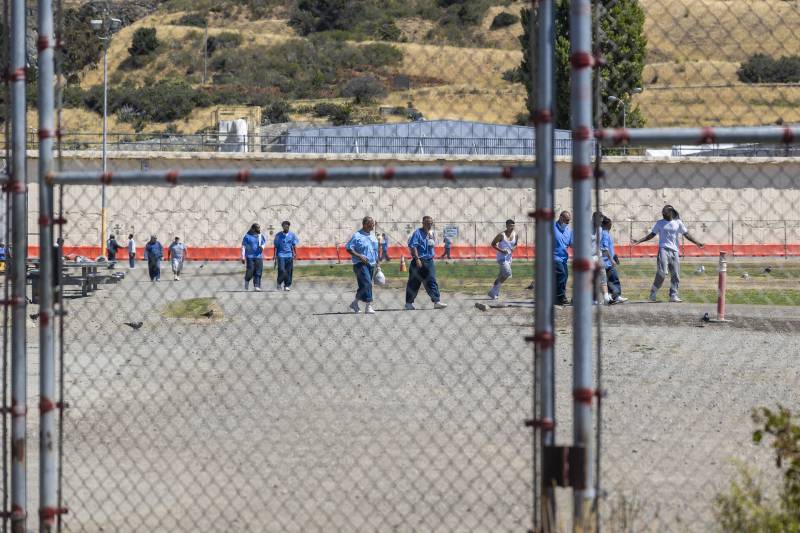Hundreds of Californians released from prisons could receive direct cash payments of $2,400 — along with counseling, job search assistance and other support — under a first-in-the-nation program aimed at easing the transition out of incarceration and reducing recidivism.
Recipients will get the money over a series of payments after meeting certain milestones, such as showing progress in finding places to live and work, according to an announcement this week by the Center for Employment Opportunities, which will run the program.
The goal is to give people a chance “to cover their most essential needs” like bus fare and food during the crucial early days after exiting incarceration, said Samuel Schaeffer, CEO of the national nonprofit that helps those leaving lockups find jobs and achieve financial security.
“The first three to six months are the riskiest when many people end up back in prison,” Schaeffer said Thursday. “We want to take advantage of this moment to immediately connect people with services, with financial support, to avoid recidivism.”

